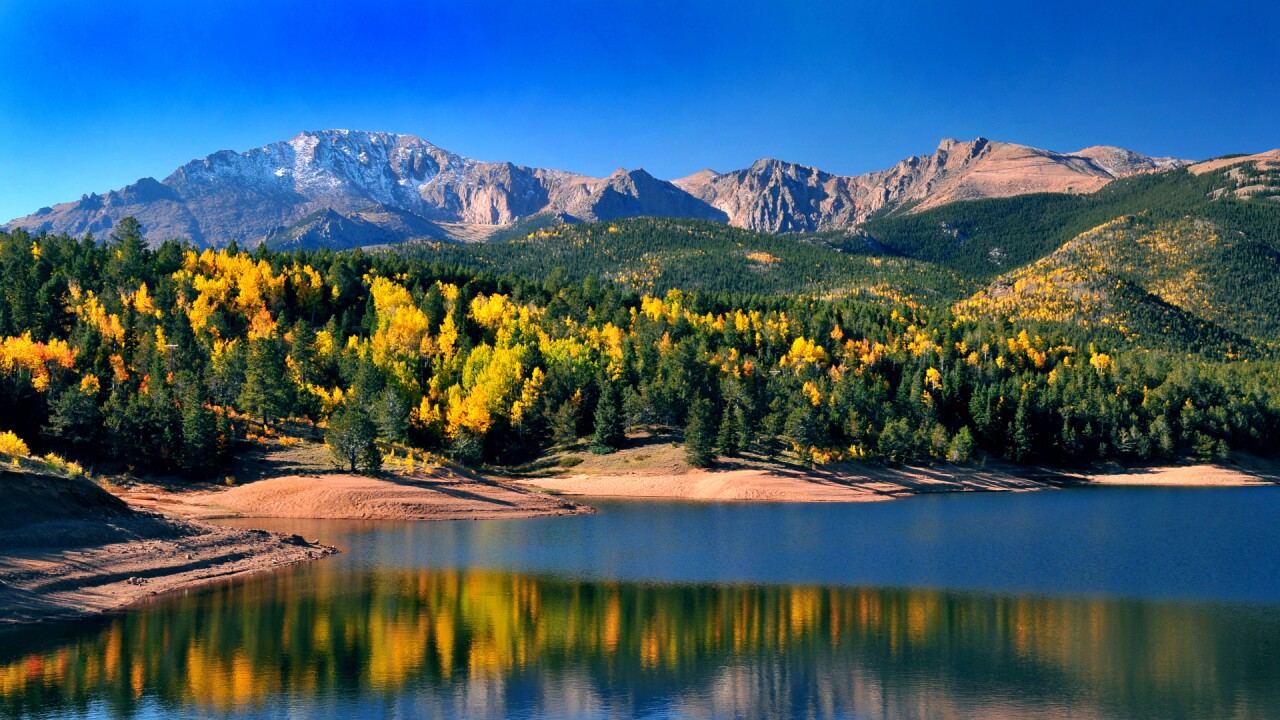When you first moved to Colorado or took a trip up in the mountains, did you ever feel winded or even a little sick?
The reason you may feel out of breath or sick in higher altitudes has to do with air pressure and the amount of oxygen you take into your body with each breath.

As you climb in altitude, air pressure decreases at a near-linear level.
Gravity pulling air to the ground and the weight of air itself will squish air at the surface, keeping the pressure high and squeezing oxygen molecules close together.
As you move away from the surface, the air pressure is lower and these oxygen molecules spread out.

Every breath you take as you climb in elevations takes in less and less oxygen. It's not that there's less oxygen in the air around you, it's that the molecules are more spread out.
Colorado Springs is about 6,000 feet above sea level. At that altitude, you are breathing in around 21 percent less oxygen than you would at sea level.
The summits of Pikes Peak and Mount Quandary are roughly the same, both at about 41 to 42 percent less oxygen compared to sea level.
Mount Everest, the highest summit in the world, has around 67% less oxygen than sea level! That's why so many people need additional oxygen as they summit Everest.
Past 30,000 feet, there is simply not enough oxygen for humans to survive.

If you're new to Colorado or you're sensitive to altitude sickness, there are a few steps you can take to adjust to the thin air.
1. Stay below 7,000 feet for the first day. Luckily, there's plenty to do in Colorado Springs, Pueblo, and Denver!
2. Give your body time to adjust and avoid strenuous activity for the first day.
3. Drink lots of water to stay hydrated! Dry mountain air makes you dehydrated quicker.
4. Hike with a companion. If you're wheezing or struggling, they can call for help.
5. Get lots of sleep! Your body can do more when it's rested.




